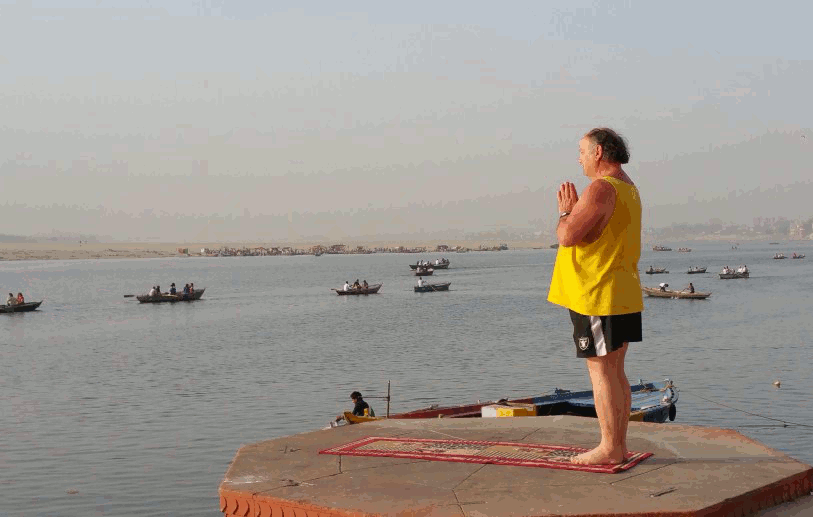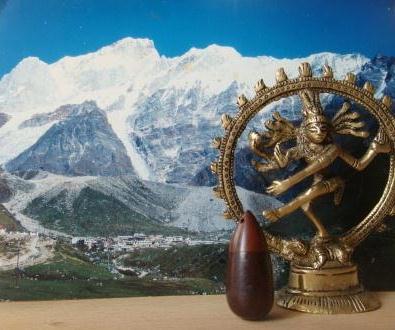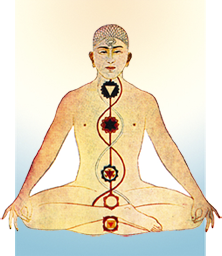Lorem ipsum ad his scripta blandit partiendo, eum fastidii accumsan euripidis in, eum liber hendrerit an. Qui ut wisi vocibus suscipiantur, quo dicit ridens inciderint id. Quo mundi lobortis reformidans eu, legimus senseritdefiniebas an eos. Eu sit tincidunt incorrupte definitionem, vis mutat affert percipit cu, eirmod consectetuer signiferumque eu per. In usu latineequidem dolores. Quo no falli viris intellegam, ut fugit veritus placeratper. Ius id vidit volumus mandamus, vide veritus democritum te nec, ei eosdebet libris consulatu.
|
|
For more than 40 years, Jérôme Launay's training has taken place in India (28 trips) with recognized teachers and gurus, for posture, prana (breathing), meditation and concentration . - Graduated from Hata yoga school - Follow-up training in pradipika Yoga in India with BKS. Iyengar - Graduated in psychology. To this day, his training continues, on the spot, and on a regular basis, by direct teaching with a master in the path of meditation. |
|
|
|
| Yoga is finding the middle way in a stable body and by stopping the mental fluctuations. | |
|
 |
|
|
The Saraswati Association aims to teach yoga through both physical and mental approaches.The Hindu goddess Saraswati symbolizes Knowledge through study, the Arts, Music. Just as the goddess Saraswati has several attributes, our yoga has different aspects in keeping with the tradition and the texts transmitted for several centuries. While taking account of our times, our teaching is faithfully in keeping with this tradition of personal research, working on oneself through the action of posture, as well as by speech in the study of texts and contemplation in meditation . Everyone is free to use these tools as far as he wishes, each step being individual ( testimonies ). |
|
|
|
1. What Yoga do we practice? - observances: yama and niyama |
| 2. How are the courses organized? The course is divided into several parts, from posture to controlled breathing, from relaxation to possible comments on immediate experiences or personal evocations. In the year, alternating periods of postures are more intensive, moments of relaxation, massages, sessions on the work of the breath. Optional meditation or text study sessions are available. Small seminars take place during retirement or other times (March or May most often). More important courses are held in summer seminars. Once every 5 or 6 years, seminars are held on site in India. 3 . Meditation ? |
|
|
 |
This teaching is done, as tradition says, directly, in the initiatory framework "Shakti path". This point is very similar to that of the so-called "kundalini" or Shivaist, but this is a matter of precision and references. The origin is the Shaivist teaching of Kashmir. The lineage is known since the 14th century and is transmitted directly from person to person. It was only in the 19th century that this teaching was given more widely. We practicing Ashtanga yoga. It covers as much the physical, emotional and mental aspects, which are like entrance doors to get to know oneself. It is like drilling in the ground that leads to the discovery of layers as the drilling progress. |
|
These different facets have been developed in a certain type of teaching such as the practice of postures by Sri Iyengar or Patabi Joy, the study by Patanjali, the kundalini by Shivananda or the contemplation by Mataji. The goal is self-transformation by oneself. After several years of practice in clubs, youth cultural centers and other regional associations, an association was created so that the courses could be more flexible, autonomous and to be closer to the teaching followed. This is how the Saraswati association was born. It takes again the name of the lineage of this teaching which has been perpetuated until this day by successive masters before being transmitted to the present animator. |
|

